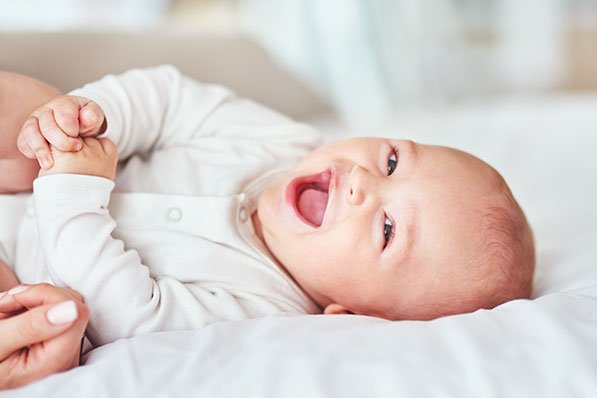My employee of five years gave birth and would like to use California Family Rights Act (CFRA) child bonding time immediately following their pregnancy disability leave (PDL). Can I deny the leave because the employee will not have met the CFRA hours worked requirement at the time due to their time on PDL?
California’s multiple leaves of absence, which vary depending on the circumstances, often create complex leaves of absence issues.
A pregnant employee may be eligible to use pregnancy disability leave (PDL) before and after the birth of their child if they have a disability related to the pregnancy. Separately, an employee may have a separate leave available to bond with their child once the child is born. Each leave has its own allotment and eligibility rules.
Pregnancy Disability Leave
All employers with five or more employees are covered by PDL but must provide this leave only to eligible California employees.
Any California employee may be eligible for PDL and may receive up to four months of job-protected leave; however, they must be disabled by their pregnancy.
This means that employers provide this leave only if it is backed by a medical certification that establishes both the disability related to the employee’s pregnant condition or birth of their child, and the duration of the disability.
An employee’s entitlement to PDL depends upon that certification; in other words, employees do not get to take PDL just because they want to.
PDL/Child Bonding Interaction
California also provides a right to 12 weeks of job-protected leave for an eligible employee who is the parent of a newborn child, or who has adopted or is fostering a child. This is known as child bonding leave under the California Family Rights Act (CFRA).
As with PDL, an employer is covered by the CFRA if it has five or more employees. Also, like PDL, an employer must provide this time only to California employees — although there is a federal Family and Medical Leave Act (FMLA) that also provides this time to eligible employees across the country subject to different eligibility requirements.
An employee is eligible for CFRA child bonding leave if they have worked for their current employer for at least 12 months and have actually worked 1,250 hours in the 12 months preceding the need for leave.
This is where PDL and CFRA interactions become confusing, because in most cases an employee will take time on PDL before and after the birth. Time off, whether paid or unpaid, is not considered hours worked for the purposes of the 1,250 hours worked requirements under the CFRA.
CFRA regulations, however, contemplated this scenario and have a special rule for establishing eligibility in this circumstance. If an employee who takes PDL then wants to take CFRA leave for child bonding immediately after PDL, the 12-month period during which the employee must have worked 1,250 hours is that period immediately preceding the employee’s first day of PDL, not the first day of the subsequent CFRA leave for child bonding.
So, in the case of this employee, they have worked five years for the employer, and if they had worked 1,250 hours preceding the date they first went on PDL leave, then they would be eligible for CFRA child bonding leave, and the employer could not deny the request.
Matthew J. Roberts, Associate General Counsel, Labor and Employment
CalChamber members can read more about CFRA and FMLA in Practice — Leave Interactions in the HR Library. Not a member? Learn how to power your business with a CalChamber membership.


